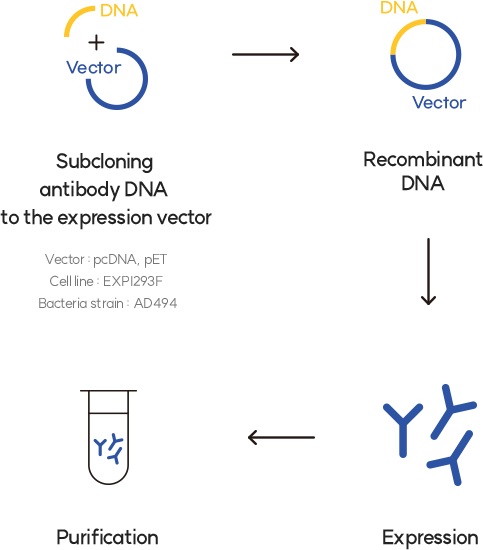Phage display technology
Phage display technology
The production of recombinant antibodies by Yntoab Co.,Ltd. is accomplished through the use of phage display technology.
Phage Display was first introduced by G. Smith in 1985, and was first applied to the manufacture of antibodies by the British MRC in 1990. Bacteriophage is a type of virus that parasitizes Escherichia coli (E.coli), and M13, the filamentous bacteriophage, is mainly used in this technology.
In phage display, genes encoding the variable regions in the heavy and light chains from numerous antibodies are amplified by PCR and cloned to phagemid vectors. The variable regions are fused with the phage surface protein (pIII) that is contained in the phagemid vector. Therefore, the diverse variable regions of the heavy and light chains of antibodies can be displayed on the surface of the phage and then by infection of helper phage to E.coli expressing phagemid vector, the library including genes encoding diverse variable regions is produced. Using this technology, many types of antibodies can be produced such as scFv, Fab or VHH. Here, Yntoab has been producing scFv libraries and antibodies. From this library, monoclonal antibodies that bind to specific antigens are isolated and produced.
The use of phage display saves the time for antibody production by at least four months compared to hybridoma-based methods and also reduces the amount of antigen required by at least 20-fold.
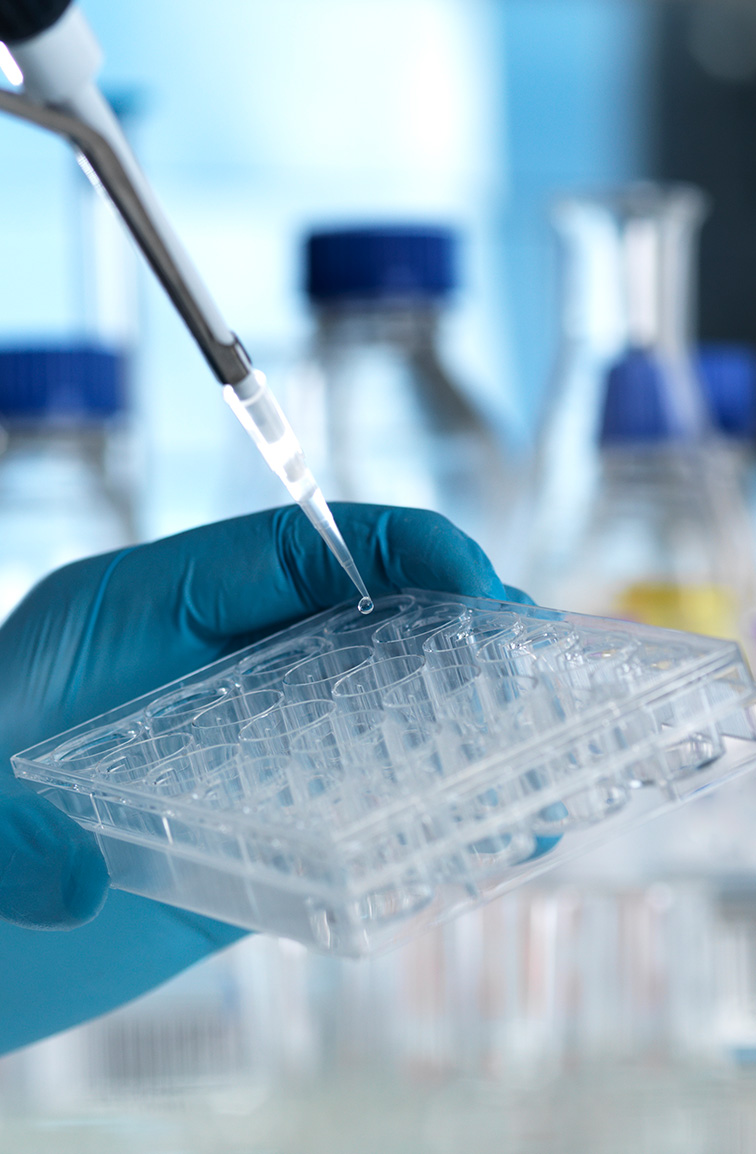
Global Antibody-Leader, YNTOAB
Antibody production through the use of phage display technology.
Phage display has three main stages for antibody production.
1. Antibody Library
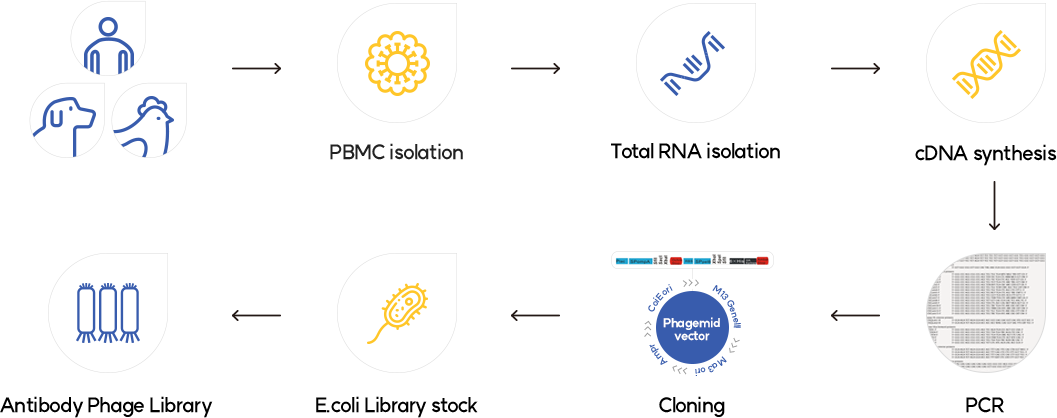
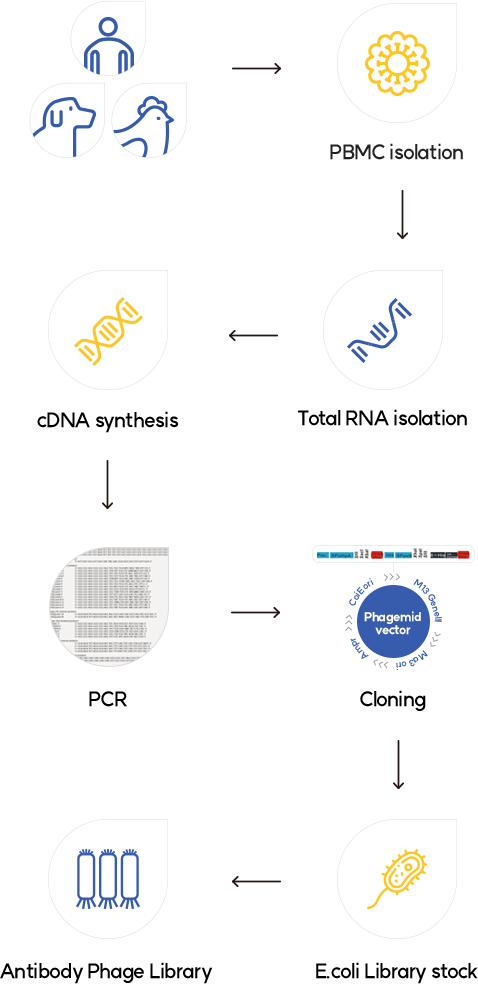
2. Panning & Screening
Panning
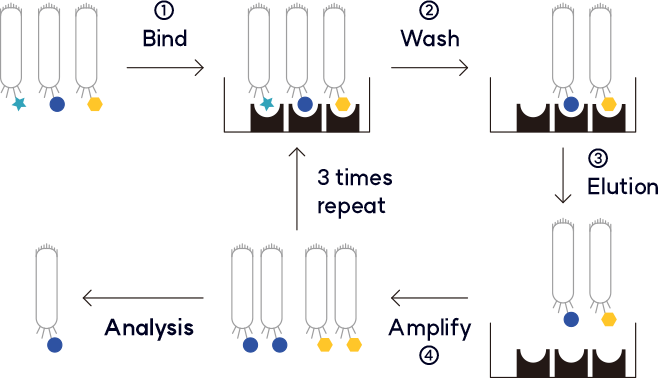
Screening
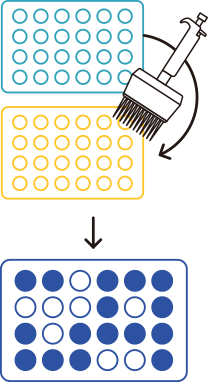
3. Cloning, Expression & Purification

